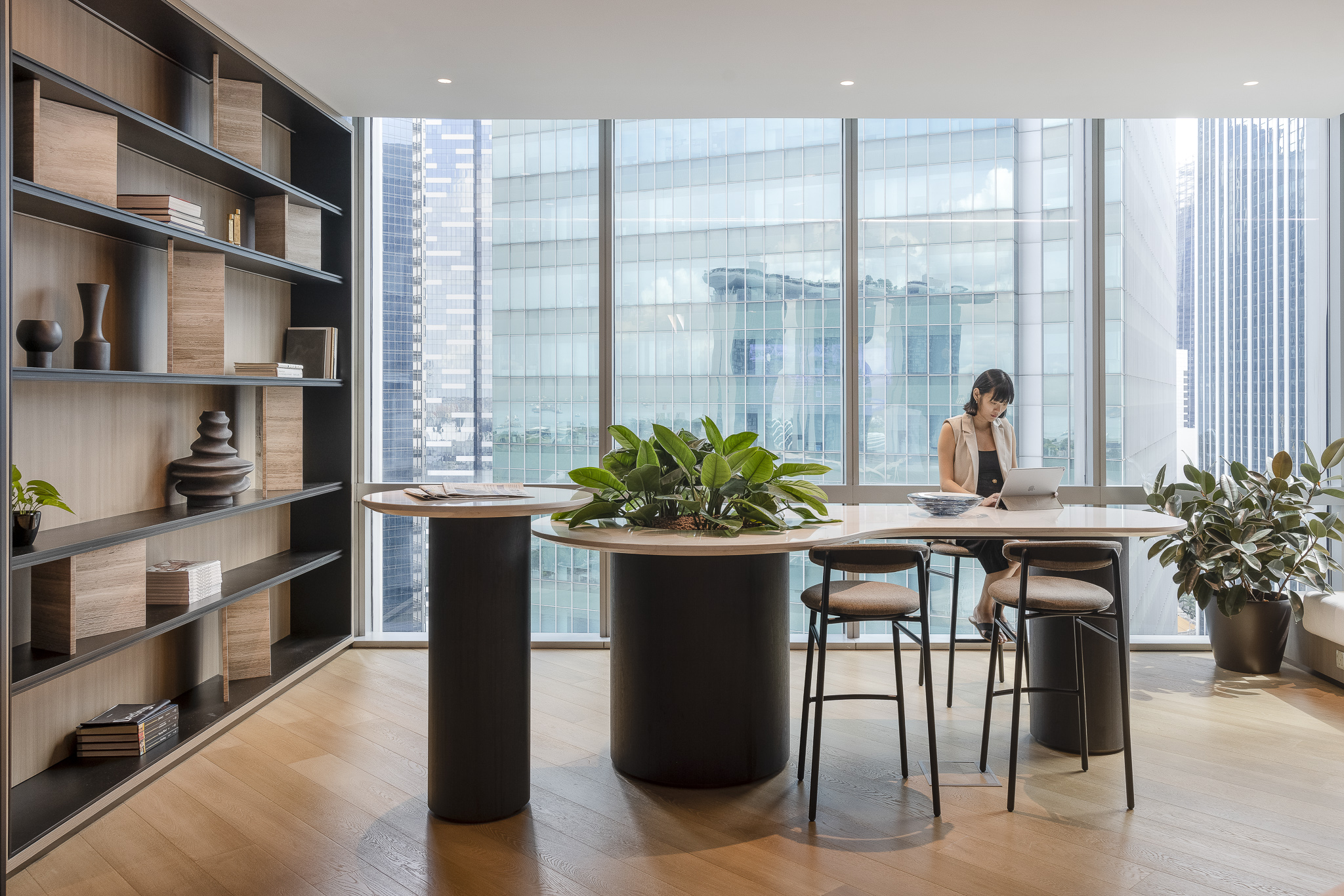In its most fundamental form, light serves a practical purpose of lighting up spaces or even providing warmth in the form of fire. However, it also has the ability to evoke sensorial experiences and emotions.
Over the years, spatial and lighting designers have experimented with light to see how it could extend beyond pure function; such as through art, or even to enhance spatial design and experiences.
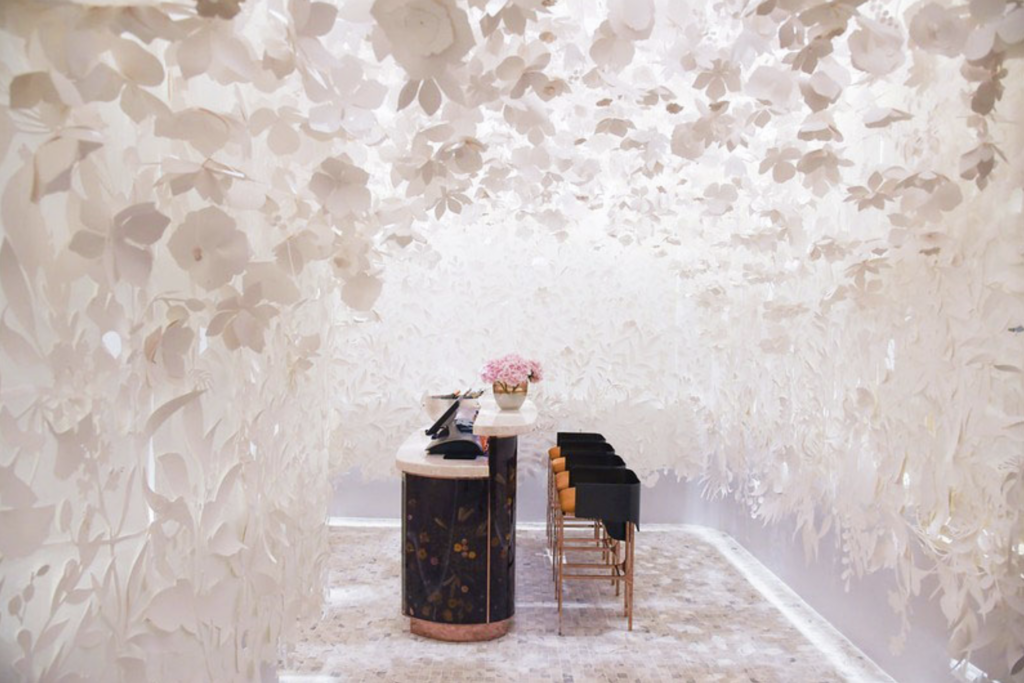
Just as shifts in the spatial design realm occur, lighting has also evolved to support these changes. The field of lighting design has seen huge leaps, and even more so with the impact of Covid-19.
Different disciplines have come together to spur new innovations in approaches, lighting systems and technologies; all of which emphasise the power of light. So, how has lighting transformed?
Lighting and wellness
During the pandemic, with most of us having to retreat indoors, there has been a shift in needs surrounding spatial design and experience. Personal wellbeing has become an increasingly important focus, and this has incited a deeper look into how interior spaces can be designed to promote or support it.
Light, both artificial and natural, plays a huge role in affecting one’s emotions and psychology — a knowledge well supported by the International WELL Building Institute. Daylight triggers our bodies to produce serotonin, which stimulates energy and boosts our moods to keep us calm and focused.
It is no wonder that the design of co-working spaces and offices are integrating daylight and pairing it strategically with artificial lighting to support our bodies’ needs, and our own working requirements that have arisen from the pandemic: there is lighting that boosts productivity, and also lighting that helps people to unwind.
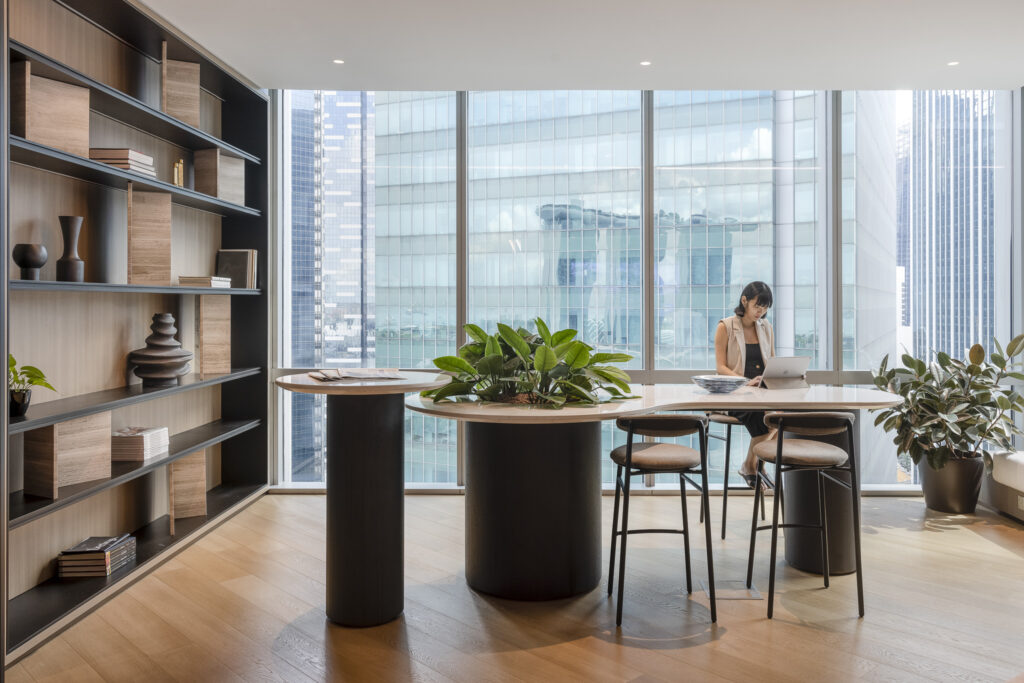
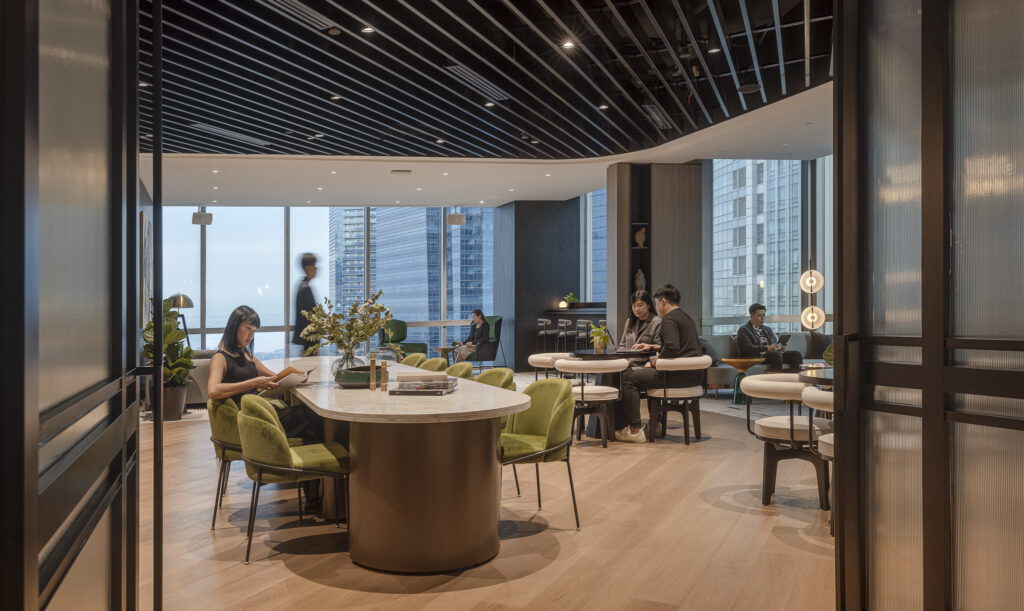
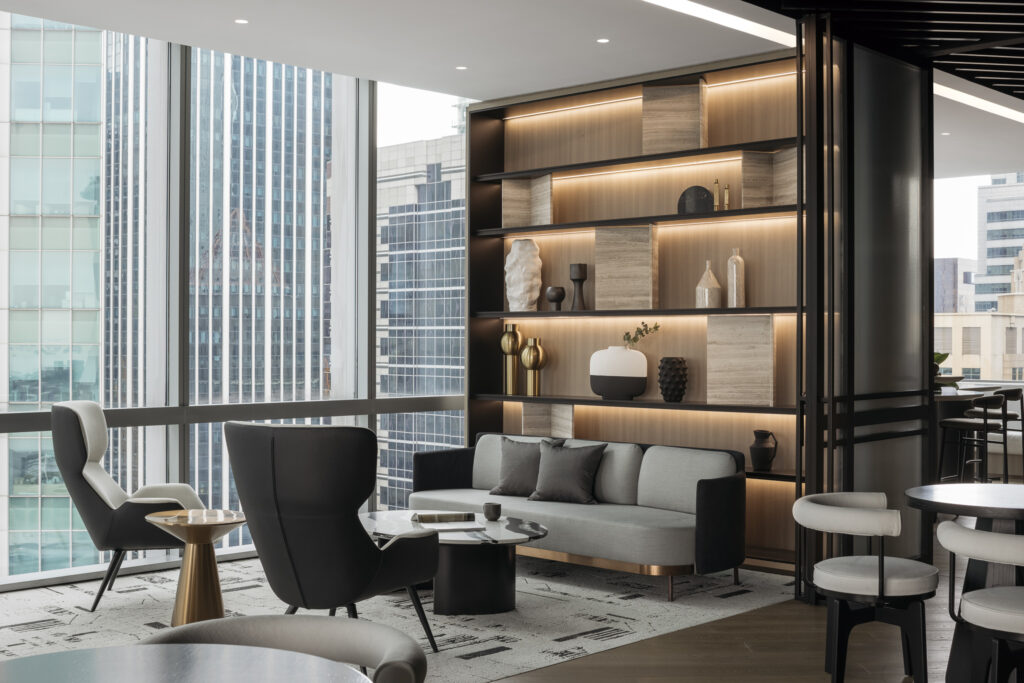
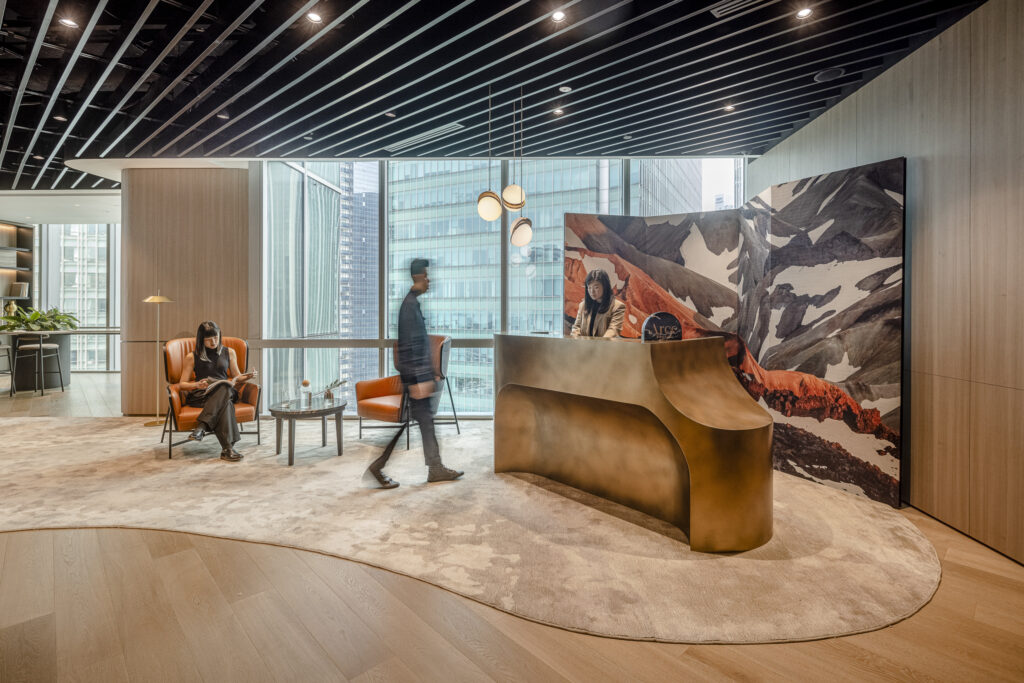
Optimal lighting design also aids in regulating one’s circadian rhythm, thus enabling productive cycles of rest and activity throughout the day. The Vital(ity) Room in Swissotel Stamford Hotel, Singapore, features an innovative circadian rhythm lighting technology to complement a series of revitalising activities that boost its user’s health and wellbeing.
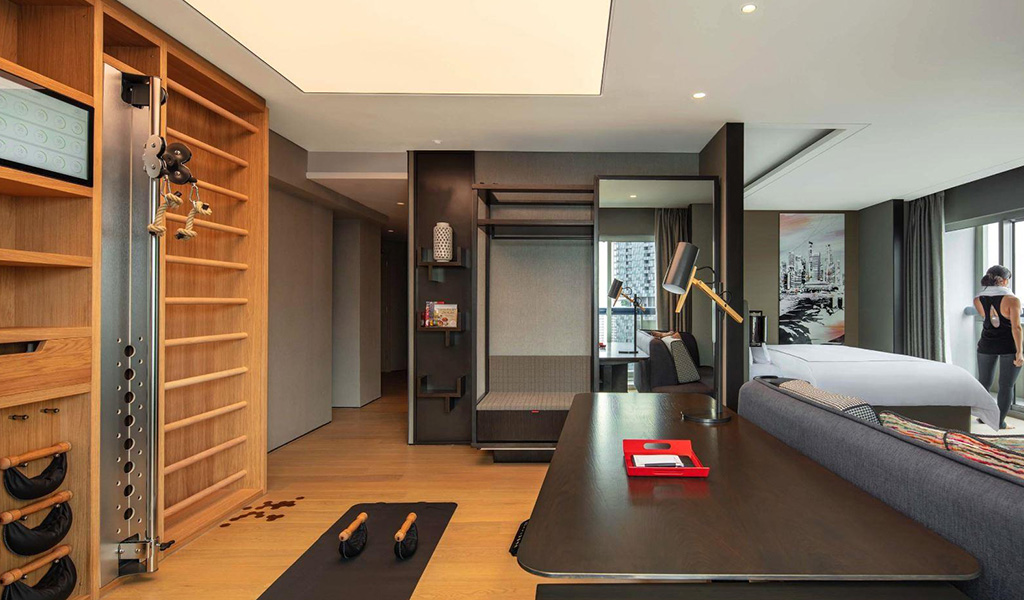
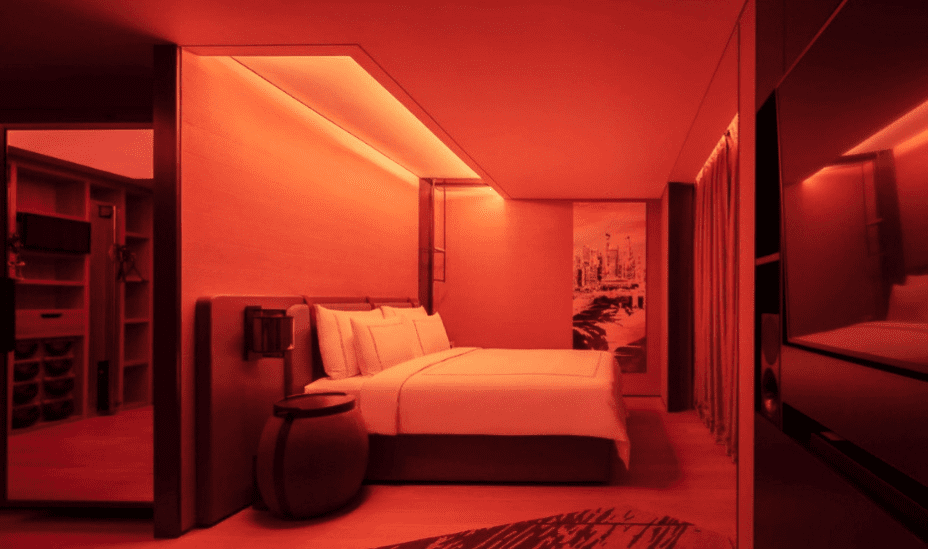
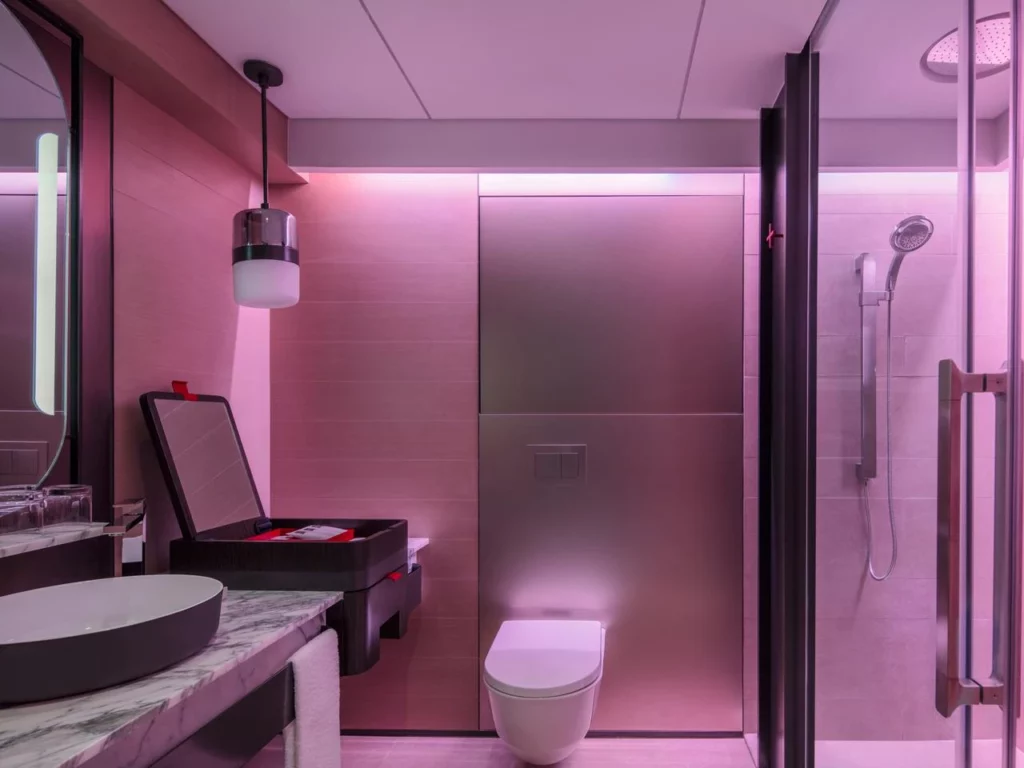
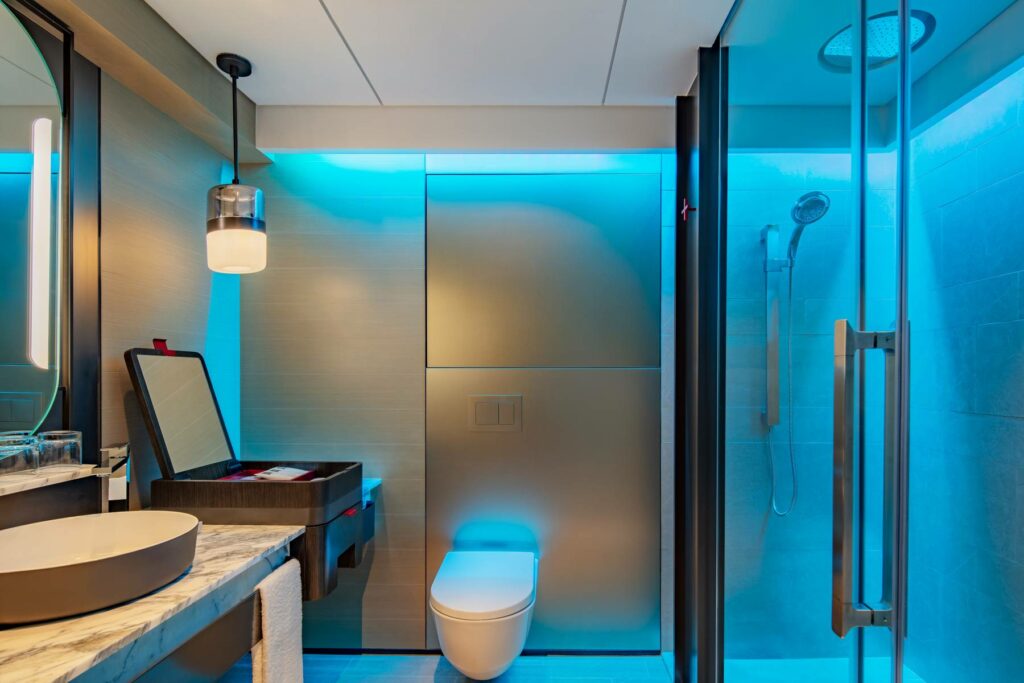
Lighting Biophilia
On top of wellness, sustainability is also a key area of interest in design these days. The integration of greenery into indoor and communal spaces is an aspect that is increasingly looked into.
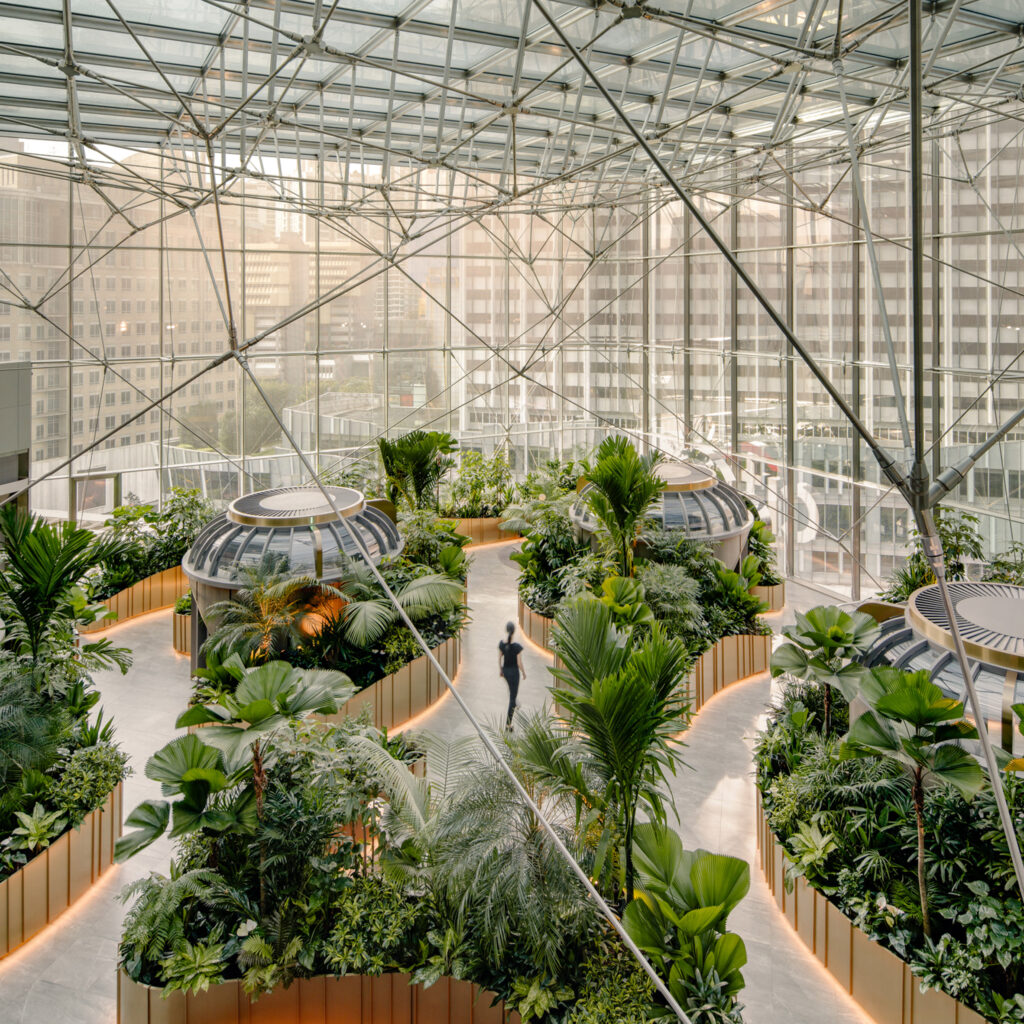
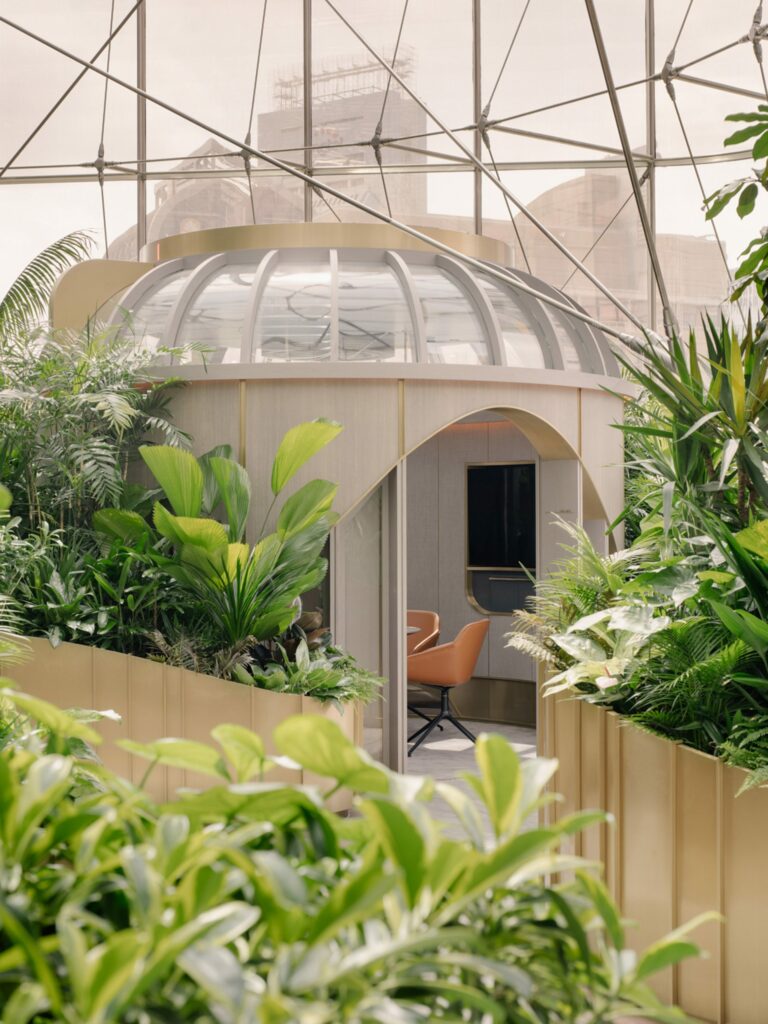
Like daylight, biophilia is known to also positively affect one’s mental health and emotions. New typologies of space — especially in the commercial realm — are incorporating greenery to enhance the experience of space.
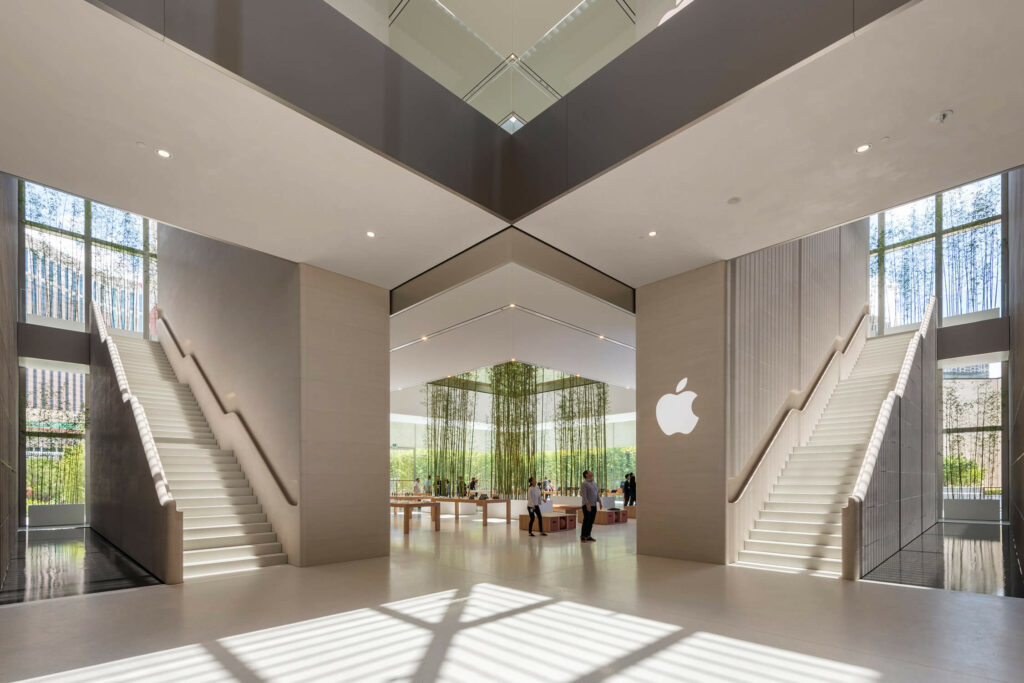
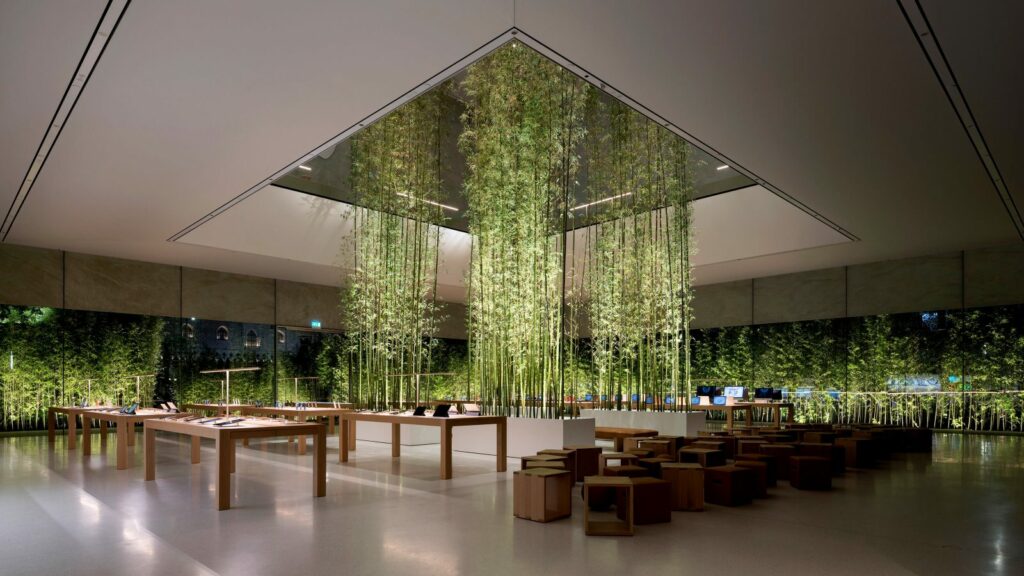
Lighting for greens started out being function-focused, often being planned for by horticulturists. Most professional horticultural lighting was often designed to favour plants: for example, to encourage optimal growth and yield.
In spatial design, however, designers are also concerned about other areas, such as the aesthetics, as plant growth lights are in colours like blue, red, or purple. Lights should also be designed for optimal human-centred experiences, such catering for human comfort.
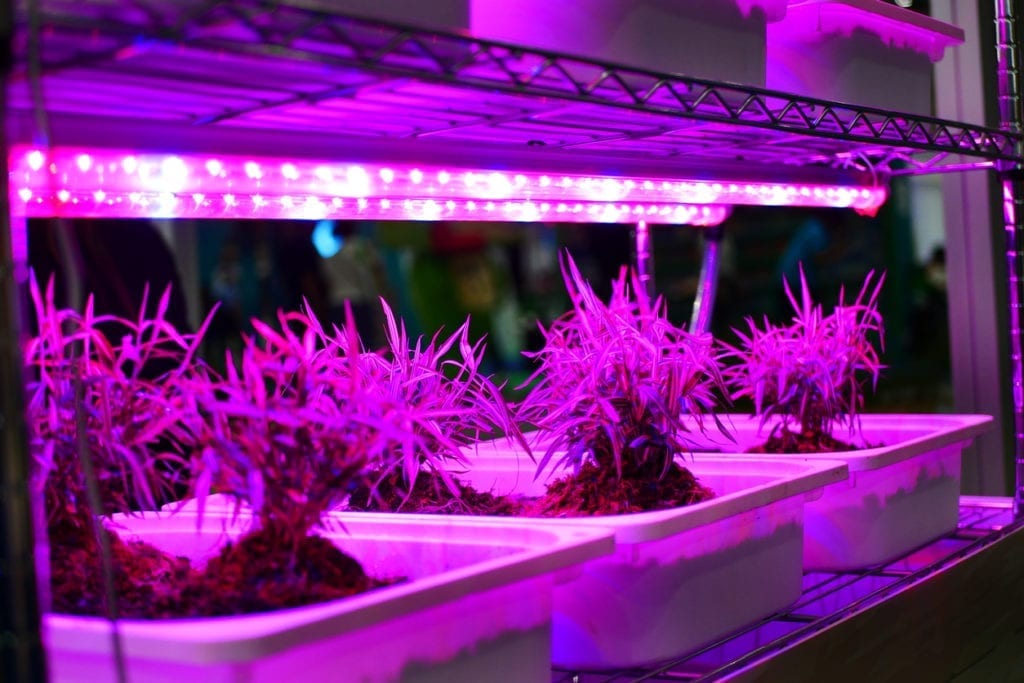
Beyond designing lighting to be functional, the disciplines of horticulture, spatial and lighting design have converged to innovate ways to design holistically good lighting that balances aesthetics and function for both humans and plants. Many manufacturers are now designing lights that strike a good balance for plants and humans, and lighting and spatial designers are designing lighting scenarios that maximise wellness for both humans and plants.
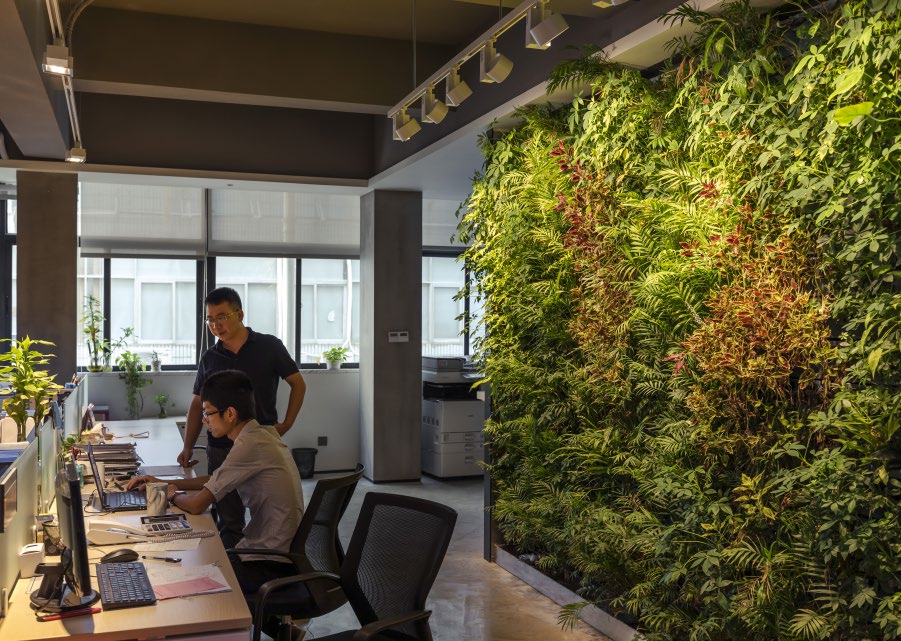
The multitude of ways that lighting has evolved to amplify user needs and experiences definitely attests to its value in the design of a space.
Lighting solutions that support flexibility in shared spaces
With more people desiring their homes and work spaces to be able to facilitate different live, work, and play needs, this has resulted in a need for increased flexibility in the design and functions of our spaces. While adaptable and movable furniture are a direct approach to flexibility, professionals have also explored how M&E systems and dynamic spatial planning can be designed in tandem to attain this flexibility.
With advancements in technology, there are now lighting control systems that allow preset light scenes for various settings. Some of these systems also harness data from the activities and preferences of users in the space to then suggest appropriate light settings.
Scenes can be calibrated to reduce energy load by automatically dimming down or switching off lights that are not utilised during certain times of the day. Additionally, some of these systems were also designed with low maintenance in mind. Thus, presenting a sustainable lighting option.
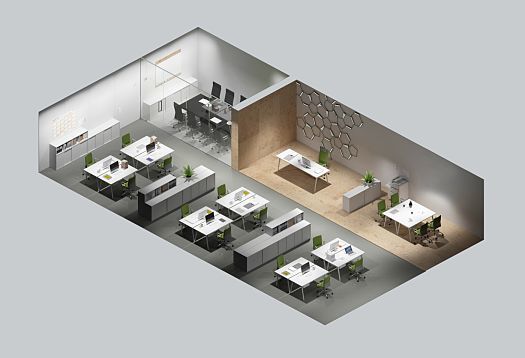
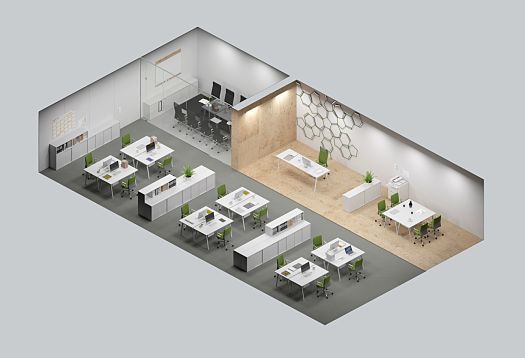
Beyond smart controls, lighting professionals progressively look into thoughtfully designing lighting to enhance various functions within the office. Qualitative lighting seeks to understand areas and activities where light is needed, for what purposes and at what degrees, and then designing for it. In a conventional lighting design setup where everything may be illuminated evenly at once, the users’ visual tasks may not be considered and the lighting may inadvertently promote negative effects like fatigue. Lighting has now become very bespoke in terms of tailoring to specific user functions within a space.
There are now decorative lighting fixtures that are easily transformable. Oligo’s ‘Break-It’ light comprises magnetic segments that can be pulled apart and individually used or controlled; even left attached. Designed to work with a Bluetooth application called Casambi; this light allows users to easily adjust light settings and preset scenes.
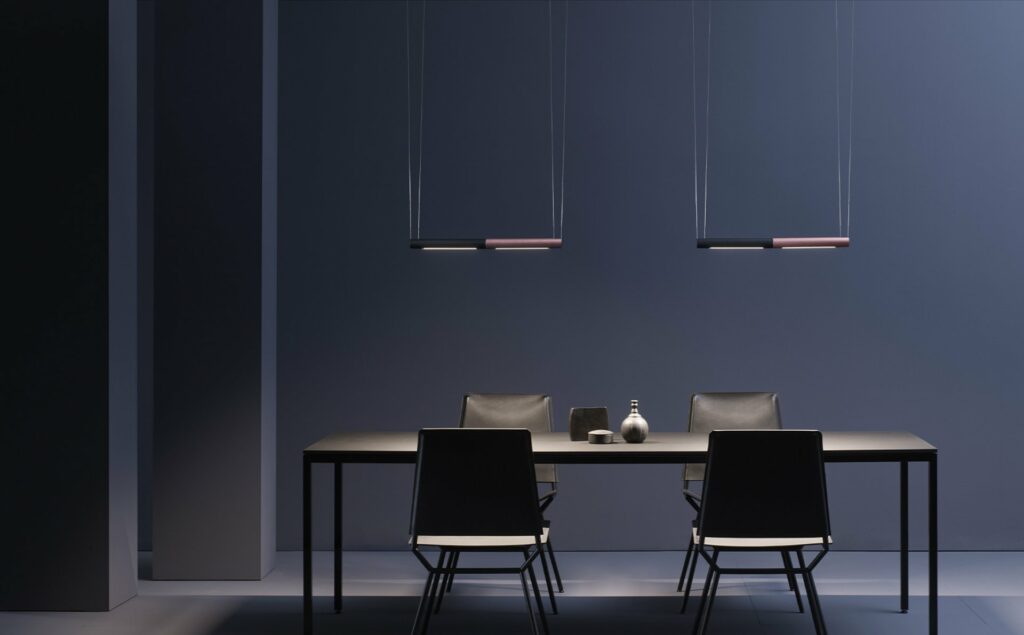

So what’s next?
The importance of good lighting is an aspect that may sometimes be glossed over in spatial design. However, the multitude of ways that lighting has evolved to amplify user needs and experiences definitely attest to its value in the design of a space and its importance in spatial design in our future. In the next article, we will be diving deeper into some of these technologies discussed earlier, so stay tuned!

